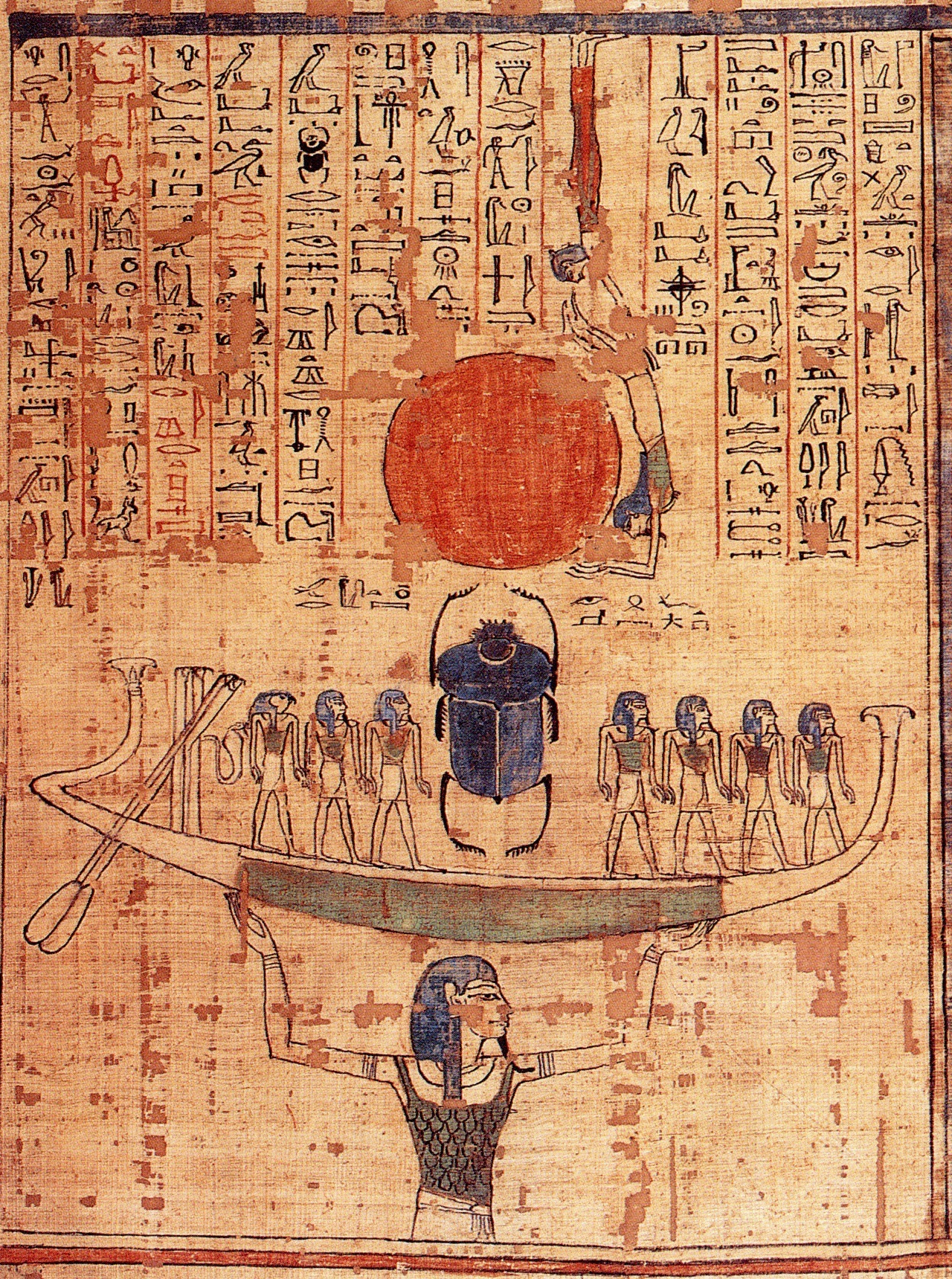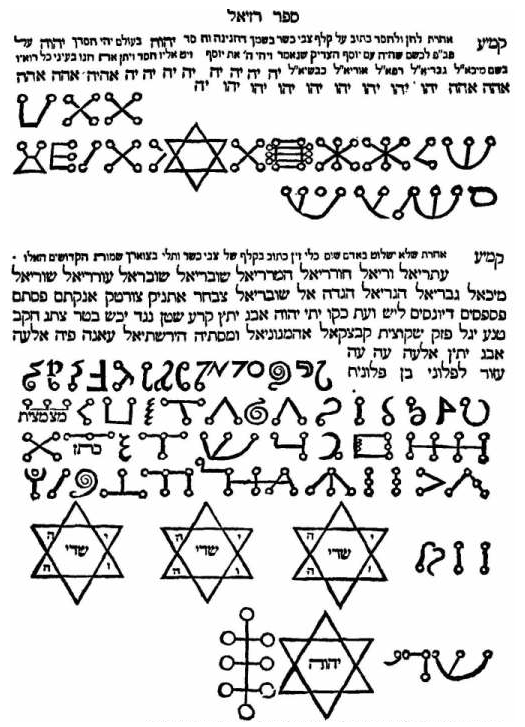|
Historiola
The historiola is a modern term for a kind of incantation incorporating a short mythic story that provides the paradigm for the desired magical action.Fritz Graf"Historiola" in '' Brill’s New Pauly''. Consulted online on 29 December 2020. It can be found in ancient Mesopotamian, Egyptian and Greek mythology, in the Aramaic Uruk incantation, incorporated in Mandaean incantations, as well as in Jewish kabbalah. There are also Christian examples evoking Christian legends. References Egyptian mythology Greek mythology Incantation {{Mythology-stub ... [...More Info...] [...Related Items...] OR: [Wikipedia] [Google] [Baidu] |
Egyptian Mythology
Egyptian mythology is the collection of myths from ancient Egypt, which describe the actions of the Egyptian pantheon, Egyptian gods as a means of understanding the world around them. The beliefs that these myths express are an important part of ancient Egyptian religion. Myths appear frequently in Egyptian Ancient Egyptian literature, writings and Art of ancient Egypt, art, particularly in short stories and in religious material such as hymns, ritual texts, Ancient Egyptian funerary texts, funerary texts, and Egyptian temple, temple decoration. These sources rarely contain a complete account of a myth and often describe only brief fragments. Inspired by the cycles of nature, the Egyptians saw time in the present as a series of recurring patterns, whereas the earliest periods of time were linear. Myths are set in these earliest times, and myth sets the pattern for the cycles of the present. Present events repeat the events of myth, and in doing so renew ''maat'', the fundament ... [...More Info...] [...Related Items...] OR: [Wikipedia] [Google] [Baidu] |
Aramaic Uruk Incantation
The Aramaic Uruk incantation acquired 1913 by the Louvre, Paris and stored there under AO 6489François Thureau-Dangin, ''Textes cunéiformes VI, Tablettes d’Uruk'' (Paris, 1922), no. 58.Christa Müller-Kessler, "Die aramäische Beschwörung und ihre Rezeption in den mandäisch magischen Texten am Beispiel ausgewählter aramäischer Beschwörungsformulare," in Rika Gyselen (ed.), ''Magie et magiciens, charmes et sortilèges'' (Res Orientales XIV; Louvain: Peeters, 2002), pp. 195–201, pls. 1–2. is a unique Aramaic text written in Late Babylonian cuneiform syllable signs and dates to the Seleucid Empire ca. 150 BCE. The finding site is the ''reš''-sanctuary in the ancient city of Uruk (Warka), therefore the label “Uruk”. Particular about this incantation text is that it contains a magical historiola which is divided up into two nearly repetitive successive parts, a text genre that finds its continuation in the Aramaic magical text corpus of late antiquity from Iraq and Iran ... [...More Info...] [...Related Items...] OR: [Wikipedia] [Google] [Baidu] |
Incantation
An incantation, spell, charm, enchantment, or bewitchery is a magical formula intended to trigger a magical effect on a person or objects. The formula can be spoken, sung, or chanted. An incantation can also be performed during ceremonial rituals or prayers. In the world of magic, wizards, witches, and fairies are common performers of incantations in culture and folklore. In medieval literature, folklore, fairy tales, and modern fantasy fiction, enchantments are charms or spells. This has led to the terms "enchanter" and "enchantress" for those who use enchantments. The English language borrowed the term "incantation" from Old French in the late 14th century; the corresponding Old English term was '' gealdor'' or '' galdor'', "song, spell", cognate to ON galdr. The weakened sense "delight" (compare the same development of "charm") is modern, first attested in 1593 ( OED). Words of incantation are often spoken with inflection and emphasis on the words being said. The ton ... [...More Info...] [...Related Items...] OR: [Wikipedia] [Google] [Baidu] |
Mythology
Myth is a genre of folklore consisting primarily of narratives that play a fundamental role in a society. For scholars, this is very different from the vernacular usage of the term "myth" that refers to a belief that is not true. Instead, the veracity of a myth is not a defining criterion. Myths are often endorsed by religious (when they are closely linked to religion or spirituality) and secular authorities. Many societies group their myths, legends, and history together, considering myths and legends to be factual accounts of their remote past. In particular, creation myths take place in a primordial age when the world had not achieved its later form. Origin myths explain how a society's customs, institutions, and taboos were established and sanctified. National myths are narratives about a nation's past that symbolize the nation's values. There is a complex relationship between recital of myths and the enactment of rituals. Etymology The word "myth" comes from Ancient ... [...More Info...] [...Related Items...] OR: [Wikipedia] [Google] [Baidu] |
Paradigm
In science and philosophy, a paradigm ( ) is a distinct set of concepts or thought patterns, including theories, research methods, postulates, and standards for what constitute legitimate contributions to a field. The word ''paradigm'' is Ancient Greek, Greek in origin, meaning "pattern". Etymology ''Paradigm'' comes from Greek παράδειγμα (''paradeigma''); "pattern, example, sample"; from the verb παραδείκνυμι (''paradeiknumi''); "exhibit, represent, expose"; and that from παρά (''para''); "beside, beyond"; and δείκνυμι (''deiknumi''); "to show, to point out". In classical (Greek-based) rhetoric, a paradeigma aims to provide an audience with an illustration of a similar occurrence. This illustration is not meant to take the audience to a conclusion; however, it is used to help guide them to get there. One way of how a ''paradeigma'' is meant to guide an audience would be exemplified by the role of a personal accountant. It is not the job of a p ... [...More Info...] [...Related Items...] OR: [Wikipedia] [Google] [Baidu] |
Brill’s New Pauly
The Pauly encyclopedias or the Pauly-Wissowa family of encyclopedias, are a set of related encyclopedias on Greco-Roman topics and scholarship. The first of these, or (1839–1852), was begun by compiler August Pauly. Other encyclopedias in the set include ''Pauly–Wissowa'' (1890–1978), ''Little Pauly'' (1964–1975), and ''The New Pauly'' (1996–2012). Ur-Pauly The first edition was the ("Practical Encyclopedia of the Study of Classical Ancient History in Alphabetical Order") originally compiled by August Friedrich Pauly. As the basis for the subsequent PaulyWissowa edition, it is also known as the . The first volume was published in 1839 but Pauly died in 1845 before the last was completed. Christian Waltz (18021857) and Wilhelm Siegmund Teuffel completed the 6 volume first edition in 1852. A second edition of the first volume of Pauly's encyclopedia was published by Teuffel in 1861. The revised second volume came out in 1866, with the rest of the work left incomple ... [...More Info...] [...Related Items...] OR: [Wikipedia] [Google] [Baidu] |
Mesopotamian Myths
Mesopotamian mythology refers to the myths, religious texts, and other literature that comes from the region of ancient Mesopotamia which is a historical region of Western Asia, situated within the Tigris–Euphrates river system that occupies the area of present-day Iraq. In particular the societies of Sumer, Akkadian Empire, Akkad, and Assyria, all of which existed shortly after 3000 BCE and were mostly gone by 400 CE. These works were primarily preserved on stone or clay tablets and were written in Cuneiform script, cuneiform by scribes. Several lengthy pieces have survived erosion and time, some of which are considered the oldest stories in the world, and have given historians insight into Ancient Mesopotamian religion, Mesopotamian ideology and cosmology. Creation myths There are many different accounts of the creation of the earth from the Mesopotamian region. This is because of the many different cultures in the area and the shifts in narratives that are common in an ... [...More Info...] [...Related Items...] OR: [Wikipedia] [Google] [Baidu] |
Greek Mythology
Greek mythology is the body of myths originally told by the Ancient Greece, ancient Greeks, and a genre of ancient Greek folklore, today absorbed alongside Roman mythology into the broader designation of classical mythology. These stories concern the ancient Greek religion's view of the Cosmogony, origin and Cosmology#Metaphysical cosmology, nature of the world; the lives and activities of List of Greek deities, deities, Greek hero cult, heroes, and List of Greek mythological creatures, mythological creatures; and the origins and significance of the ancient Greeks' cult (religious practice), cult and ritual practices. Modern scholars study the myths to shed light on the religious and political institutions of ancient Greece, and to better understand the nature of mythmaking itself. The Greek myths were initially propagated in an oral tradition, oral-poetic tradition most likely by Minoan civilization, Minoan and Mycenaean Greece, Mycenaean singers starting in the 18th century&n ... [...More Info...] [...Related Items...] OR: [Wikipedia] [Google] [Baidu] |
Practical Kabbalah
Practical Kabbalah ( ''Kabbalah Ma'asit'') in historical Judaism, is a branch of Jewish mysticism that concerns the use of magic. It was considered permitted white magic by its practitioners, reserved for the elite, who could separate its spiritual source from '' qlippoth'' realms of evil if performed under circumstances that were holy (Q-D-Š) and pure, ''tumah and taharah'' (). The concern of overstepping Judaism's prohibitions against impure magic ensured it remained a minor tradition in Jewish history. Its teachings include the use of divine and angelic names for amulets and incantations.Elber, Mark. ''The Everything Kabbalah Book: Explore This Mystical Tradition--From Ancient Rituals to Modern Day Practices'', p. 137. Adams Media, 2006. Practical Kabbalah is mentioned in historical texts, but most Kabbalists have taught that its use is forbidden. It is contrasted with the mainstream tradition in Kabbalah of ''Kabbalah Iyunit'' (contemplative Kabbalah), which seeks to expl ... [...More Info...] [...Related Items...] OR: [Wikipedia] [Google] [Baidu] |
Christianity
Christianity is an Abrahamic monotheistic religion, which states that Jesus in Christianity, Jesus is the Son of God (Christianity), Son of God and Resurrection of Jesus, rose from the dead after his Crucifixion of Jesus, crucifixion, whose coming as the Messiah#Christianity, messiah (Christ (title), Christ) was Old Testament messianic prophecies quoted in the New Testament, prophesied in the Old Testament and chronicled in the New Testament. It is the Major religious groups, world's largest and most widespread religion with over 2.3 billion followers, comprising around 28.8% of the world population. Its adherents, known as Christians, are estimated to make up a majority of the population in Christianity by country, 157 countries and territories. Christianity remains Christian culture, culturally diverse in its Western Christianity, Western and Eastern Christianity, Eastern branches, and doctrinally diverse concerning Justification (theology), justification and the natur ... [...More Info...] [...Related Items...] OR: [Wikipedia] [Google] [Baidu] |





